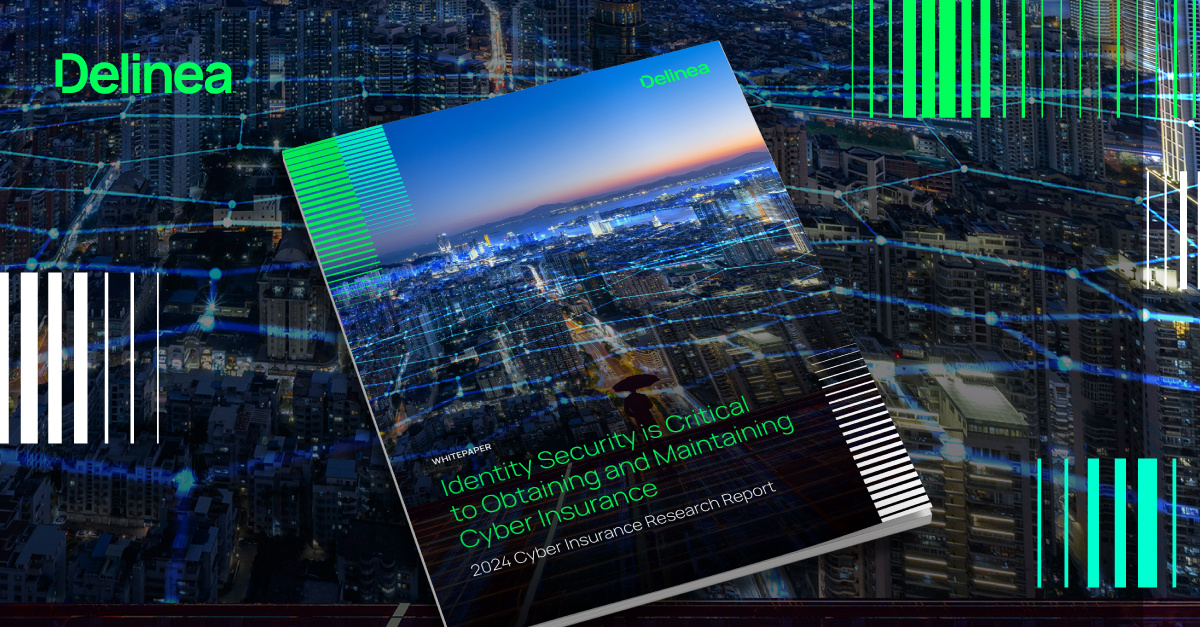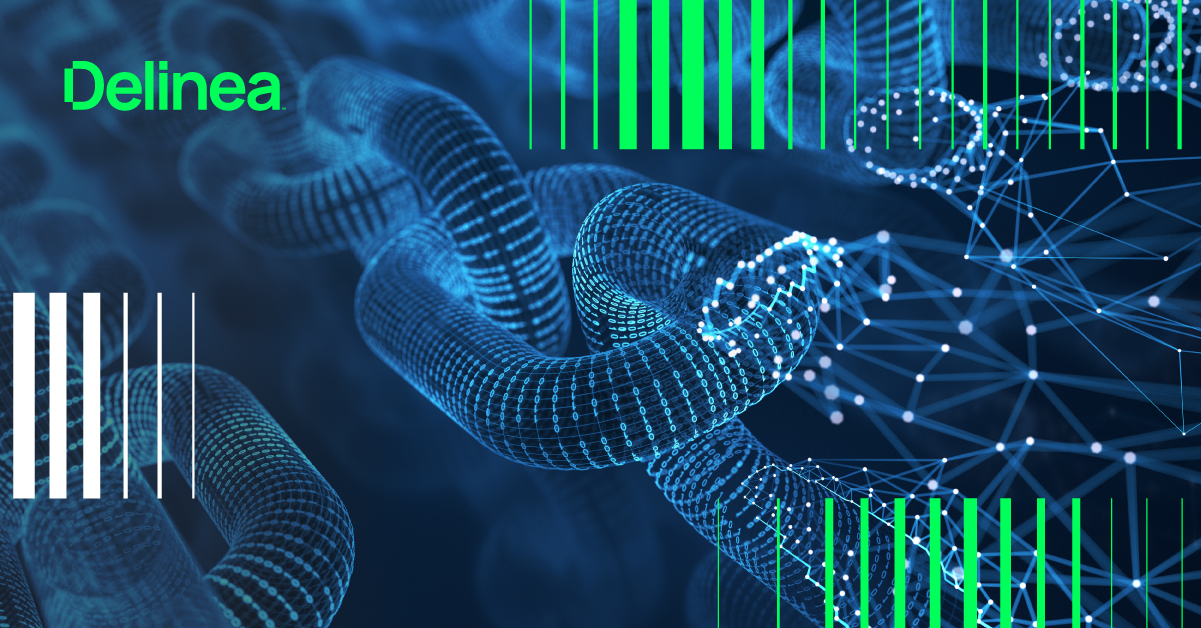Society today is heavily dependent on critical infrastructure that mostly works behind the scenes such as power stations, oil refineries, agriculture operations, mining, water treatment, green energy, transportation, and manufacturing operations. These systems help deliver electricity to power our homes, recharge our phones and vehicles, deliver goods using just-in-time (JIT) manufacturing processes or simply provide clean water.
We live our lives mostly unaware of how critical they are until they stop working. This was demonstrated when cybercriminals shut down the Colonial Pipeline. Over the past decades, many of our critical operations have been automated so that operators can run them as efficiently as possible, enabling them to control and monitor much of their daily tasks. The technology and infrastructure that has helped make all this possible, keep these critical systems running, and provide visibility to engineers fall under the categories of Industrial Control Systems (ICS) and Supervisory Control and Data Acquisition (SCADA) systems.
Industrial Control Systems enable operators to monitor sensors on systems such as, for example, in a power station that controls the water pressure, increases or decreases lubricant, opens and closes valves, and ensures the facility is operating as efficiently as possible. On large-scale systems, ICS can also include SCADA systems and programmable logic controllers (PLC) which provide the ability to interact with ICS systems and deliver commands that modify the configurations.
Many so-called air-gapped networks that are no longer air-gapped and the traditional silos known as IT and OT have converged
For many years, most of these critical operations were considered air-gapped, which is a term that indicates that these systems were not connected to the public internet. This means you would not be able to reach them directly without connecting to a dedicated ICS network first or by having to be physically on the same network. However, in recent years, many of these organizations have been accelerating their digital transformations and introducing faster mobile networks and cloud infrastructure. This major shift has resulted in many of these so-called air-gapped networks that are no longer air-gapped and the traditional silos known as IT and OT have converged.
Your vacuum cleaner could be sharing your home floor plan with the manufacturer
Many manufacturers have also forced some of these systems to be connected to the public internet so that data flows can be analyzed to improve services. For example, if you purchase an IoT device today, such as a smart vacuum cleaner, or a power station purchases a diesel engine, you own the physical device. But contracts are changing for those devices whereby the manufacturer owns the data generated by the device. That means your vacuum could be sharing your home floor plan and usage with the manufacturer and the same goes for the diesel engine at the power station. All these changes mean that critical infrastructure is now at increased risk from cyberattacks.
This is probably not news to you since several major critical infrastructure operators have become victims of cyberattacks. These attacks include ransomware victims, such as oil pipelines—which may result in panic buying of petrol—or food manufacturers getting hacked which disrupts the food supply. For years, most have paid little attention to critical infrastructure working behind the scenes. However, now that we see higher risks from cyberattacks, the vulnerabilities of our critical infrastructure become more visible and impactful in our daily lives.




